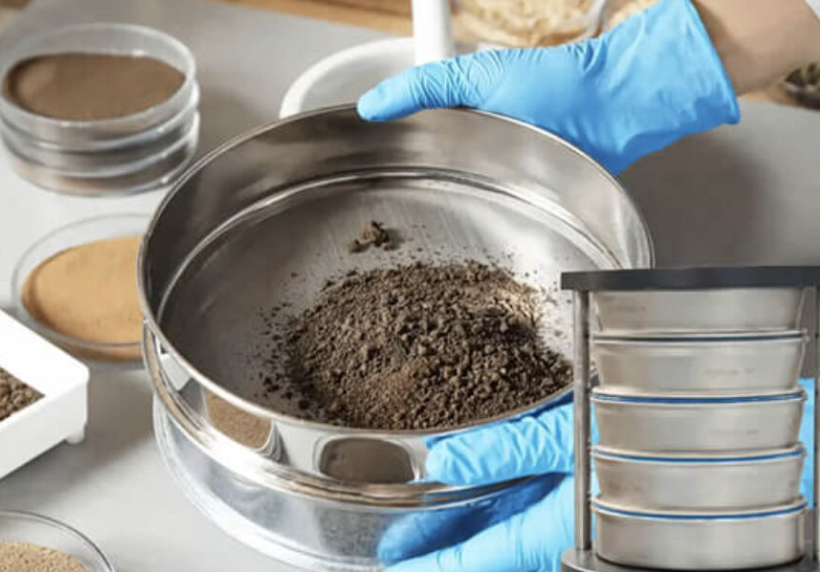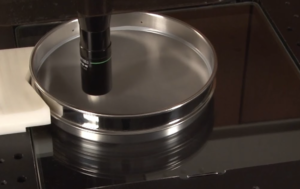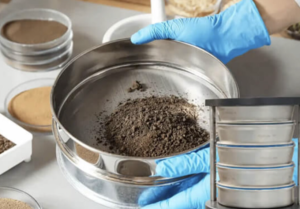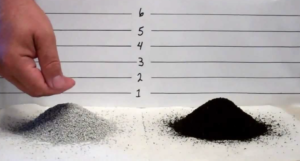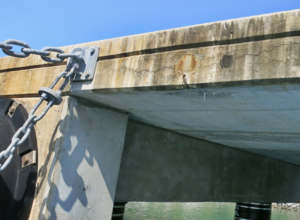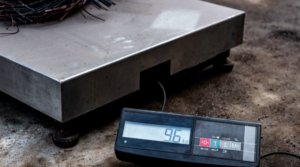Factoring in Flowability of Granular Materials: Sieving and Sizing
When it comes to granular materials—whether you’re handling soil, cement, grains, or powders—flowability is directly influenced by the particles’ size and how they’re distributed. One of the most reliable ways to understand and control flow behavior is through sieving and sizing analysis. In this article, we explore why particle size matters, how to perform sieve tests, and how to interpret the results for practical flow insights.
Why Particle Size Distribution Influences Flowability
The way particles are sized—and how they fit together—affects how easily a material moves under gravity or stress. A well-graded material with a mix of large and small particles tends to compact tightly, which may hinder flow1. Conversely, uniformly sized particles may flow more freely but may lack mechanical stability.
Key Influences:
- Fine particles2 increase cohesion and reduce flow.
- Angular particles3 tend to interlock, slowing down flow.
- Wide gradation can lead to packing and bridging.
- Uniform sizes promote smoother flow but may segregate.
| Particle Distribution | Effect on Flowability |
|---|---|
| Well-graded | Low flowability due to interlocking |
| Uniformly graded | High flowability, but prone to segregation |
| High fines content | Sticky, poor flow |
| Rounded particles | Better rolling and easier flow |
Understanding this relationship helps engineers predict flow behavior and choose the right processing or handling equipment.
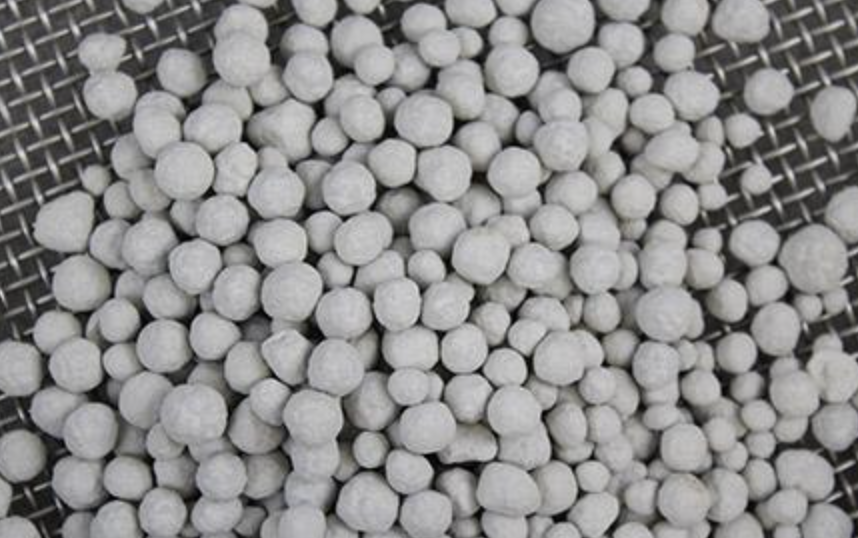
Sieving Methods for Accurate Granular Classification
Sieve analysis4 is the most common method used to determine particle size distribution. It’s simple, cost-effective, and suitable for a wide range of granular materials.
Sieving Techniques:
- Dry Sieving5: Ideal for free-flowing materials like sand or gravel.
- Wet Sieving6: Used for fine particles or materials prone to clumping.
- Mechanical Shakers: Ensure uniform vibration and reproducible results.
- Laser Diffraction (for powders): Advanced technique for very fine particles.
| Method | Best For | Limitation |
|---|---|---|
| Dry sieving | Sand, gravel, fertilizers | Not ideal for fine or moist particles |
| Wet sieving | Clays, silts, powdery materials | Time-consuming, requires cleanup |
| Laser diffraction | Cement, pigments, pharmaceuticals | Expensive and needs calibration |
By classifying material through these methods, you create a detailed grain size profile that can be directly linked to flowability trends.
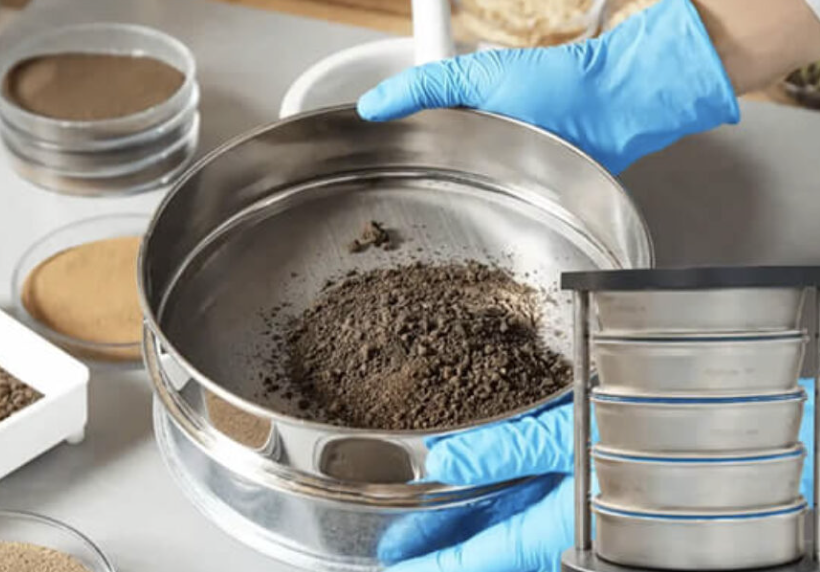
Interpreting Sieve Analysis Results for Flow Prediction
The real value of sieve analysis lies in how you interpret the data7. The distribution curve not only tells you the percentage of different particle sizes—it helps you predict flow behavior8, compaction response, and segregation risk9.
Common Metrics:
- D10, D50, D90: Percentile diameters indicating gradation.
- Coefficient of Uniformity (Cu): Cu = D60 / D10; higher values mean wider range.
- Coefficient of Curvature (Cc): Reflects shape of the curve and sorting.
| Sieve Metric | Flowability Insight |
|---|---|
| D10 4 | Well-graded → low flow, higher density |
| Cc ≈ 1–3 | Uniformly graded → good flow, risk of segregation |
Plotting a gradation curve can visually indicate whether the material will exhibit free-flowing or cohesive behavior.
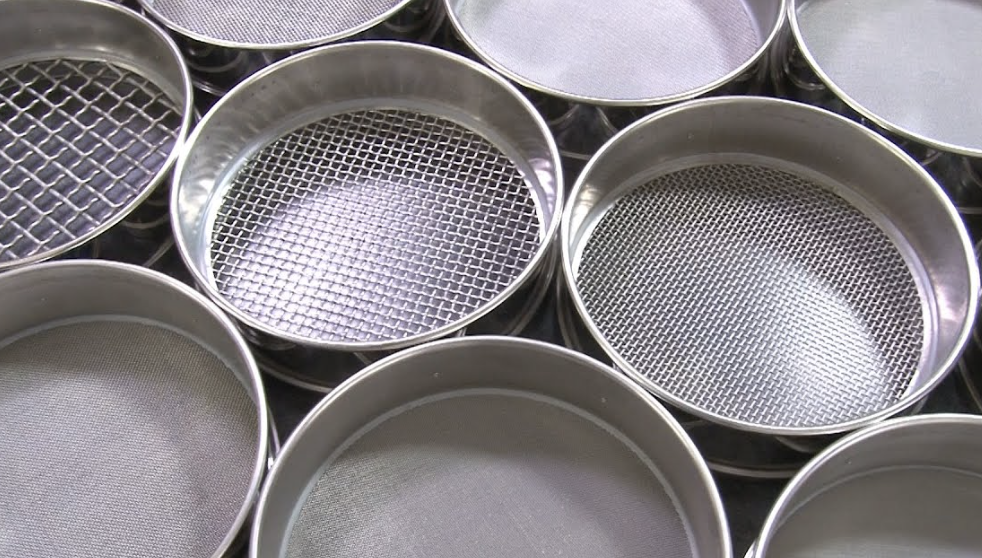
Best Practices for Reliable Granulometric Testing
Even the best sieve stack won’t deliver useful results if the process isn’t carefully controlled. Reliable particle size testing depends on precision, cleanliness, and consistency.
Best Practice Tips:
- Use a complete and calibrated sieve set (conforming to ASTM or ISO).
- Weigh and record before and after sieving—accuracy matters.
- Avoid overloading sieves; distribute material evenly.
- Dry or condition the sample as needed to prevent clumping.
- Repeat the test for consistency; at least two replicates recommended.
| Checklist Item | Why It Matters |
|---|---|
| Sieve cleanliness | Prevents cross-contamination |
| Sample mass control | Maintains consistency across tests |
| Shaker run time standardization | Ensures reproducibility |
With proper technique, sieve analysis provides actionable data that helps optimize storage, handling, and processing of granular materials.
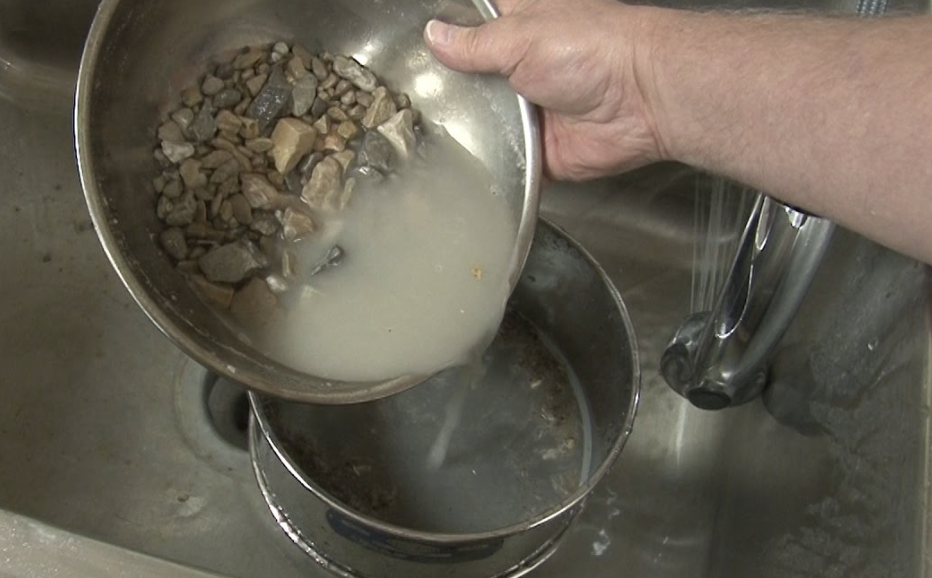
Conclusion
Granular material flow starts with particle size. By using sieving and sizing methods to analyze particle distribution, engineers gain essential insight into how a material will behave in the real world. Whether you’re building a roadway, blending industrial powders, or designing storage hoppers, factoring in flowability through proper granulometric testing is a smart, reliable, and cost-effective way to improve performance and reduce surprises.
-
Understanding the concept of hinder flow can help you grasp how particle size affects material movement and stability. ↩
-
Exploring the role of fine particles will deepen your knowledge of their impact on material properties and behavior. ↩
-
Learning about angular particles will enhance your understanding of how particle shape influences flow dynamics in various materials. ↩
-
Explore this link to understand the fundamentals of sieve analysis and its applications in various industries. ↩
-
Learn about the benefits of dry sieving, especially for free-flowing materials like sand and gravel. ↩
-
Discover the process of wet sieving and its effectiveness for fine particles and clumping materials. ↩
-
Understanding data interpretation in sieve analysis is crucial for accurate predictions and effective material handling. ↩
-
Exploring this topic reveals how sieve analysis influences material performance in various applications, enhancing your knowledge. ↩
-
Learning about segregation risk can improve your understanding of material stability and performance in construction and engineering. ↩

